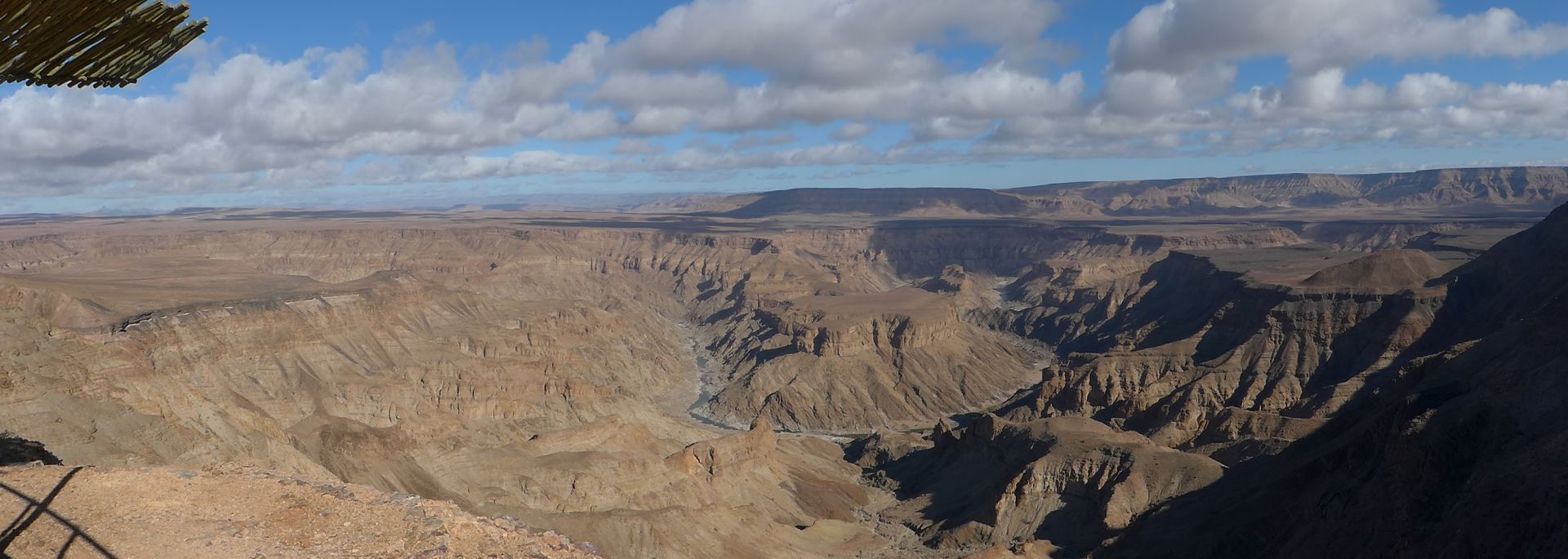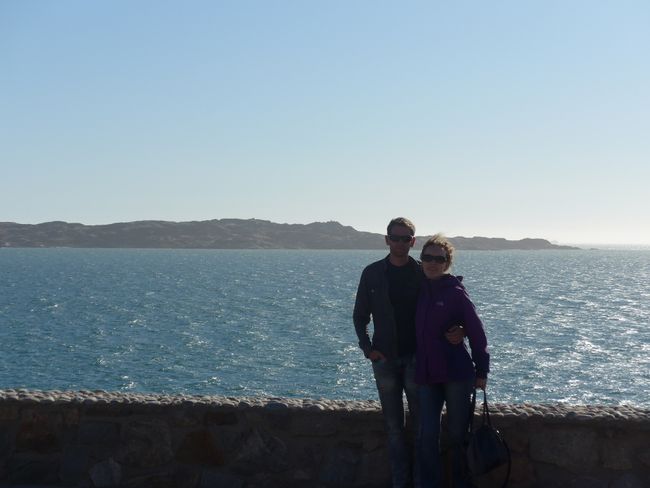Mantua (part 8 Italy)
Հրատարակվել է: 12.06.2019
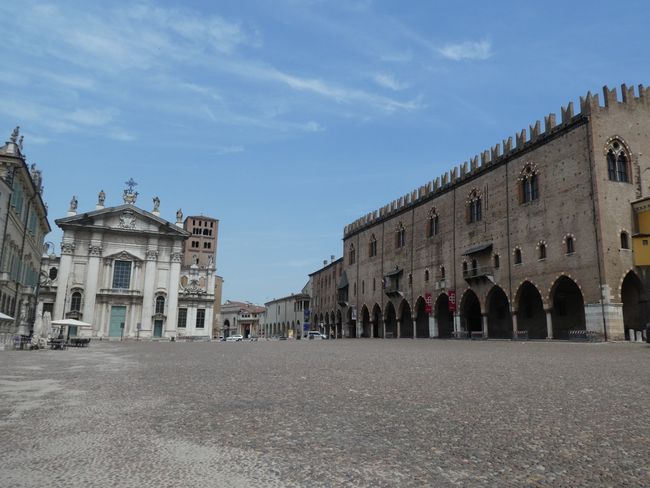
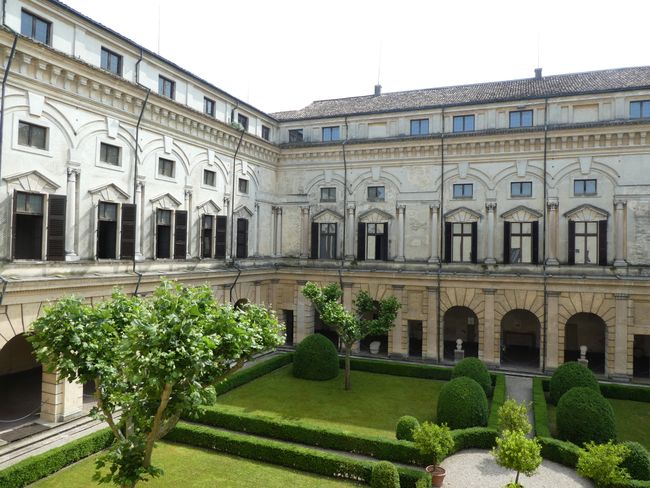
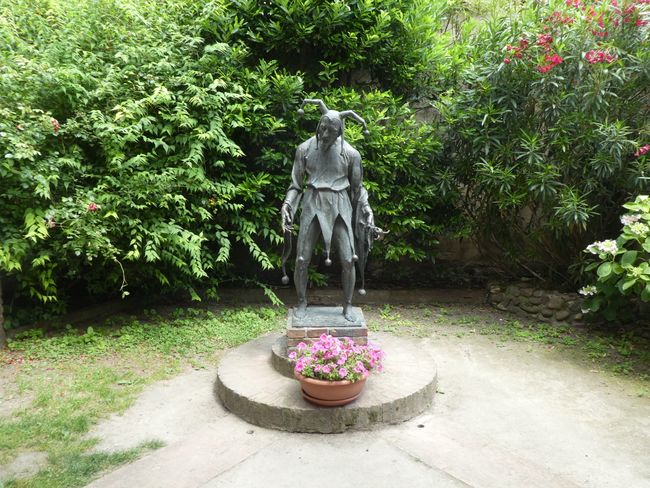
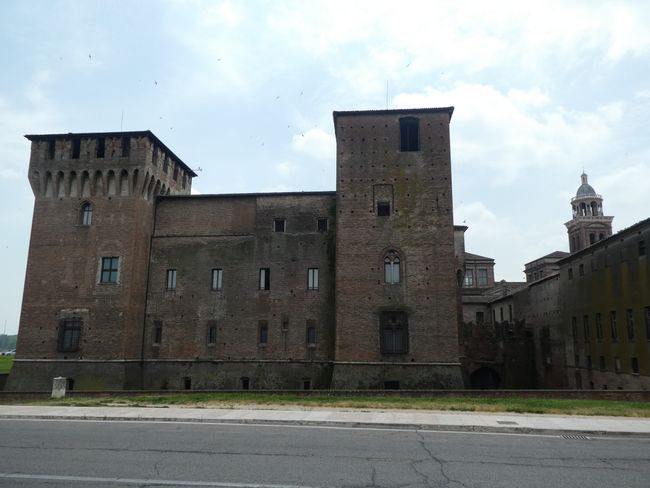
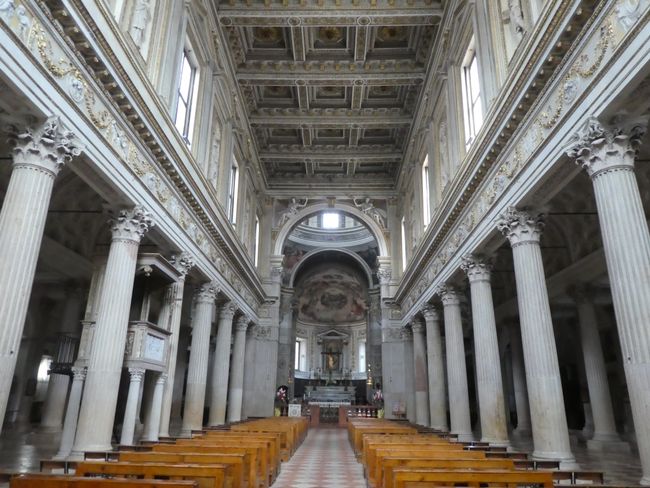
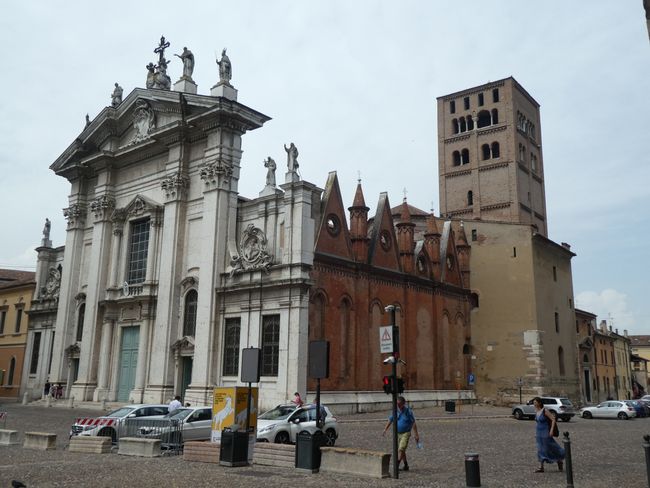
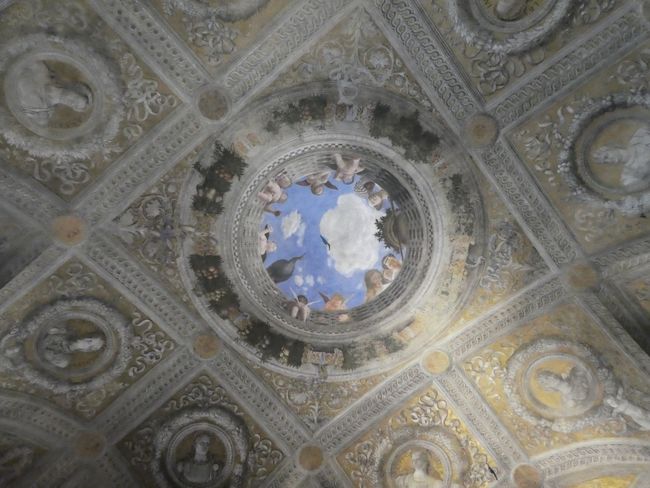
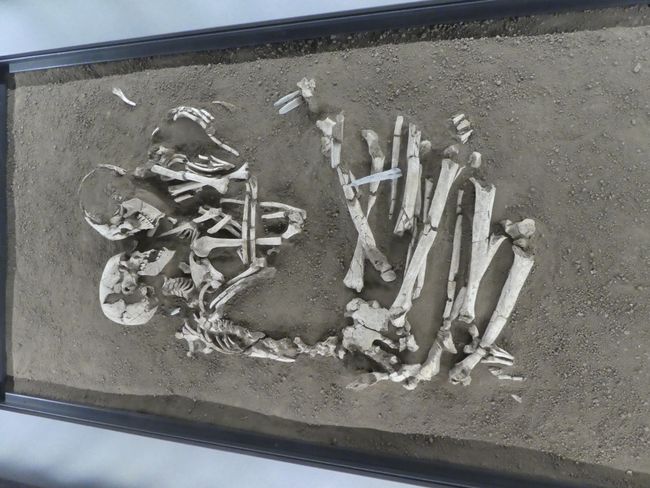
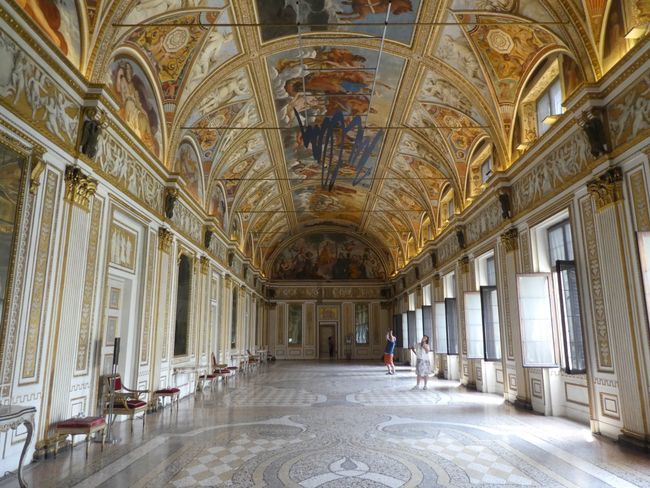
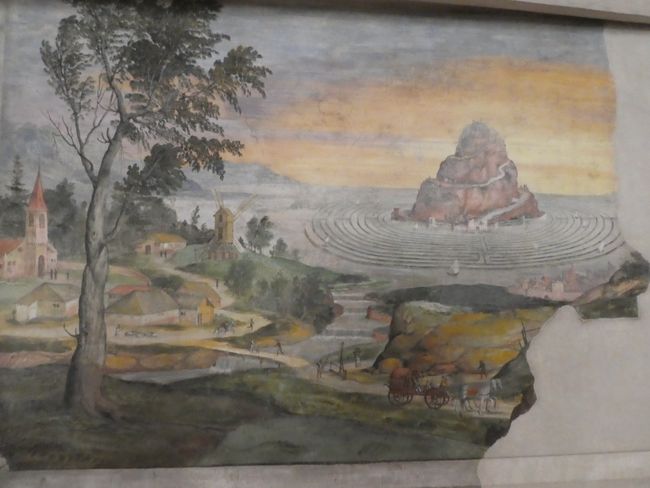
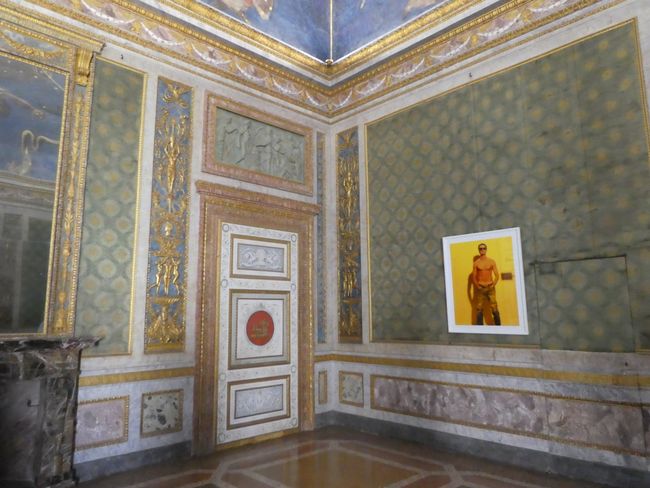
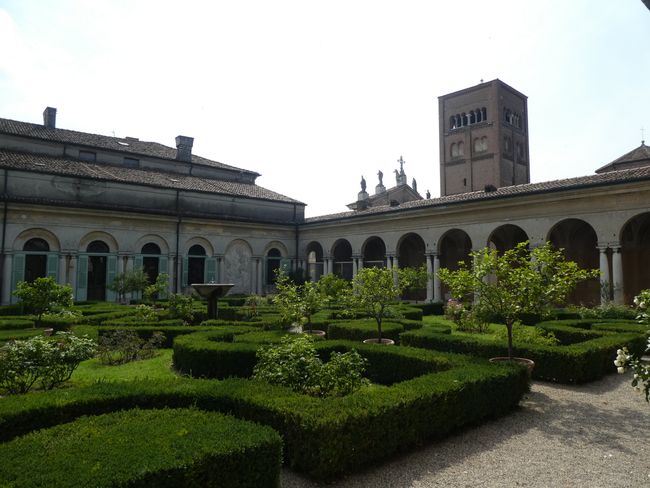
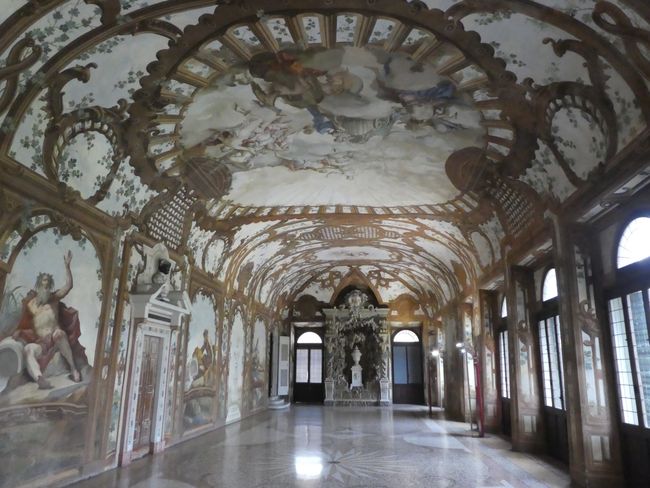
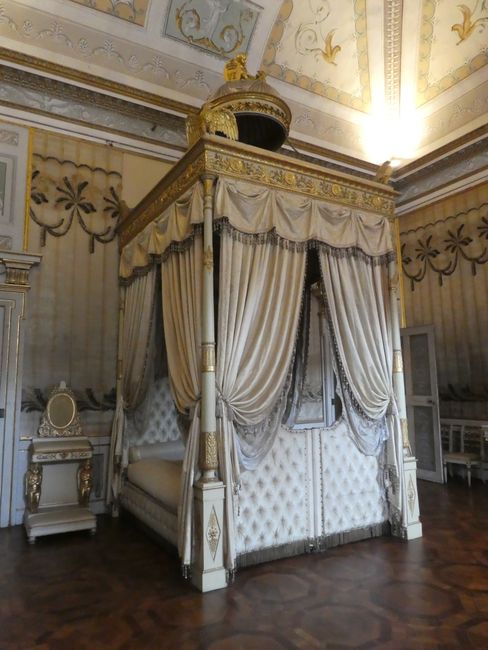
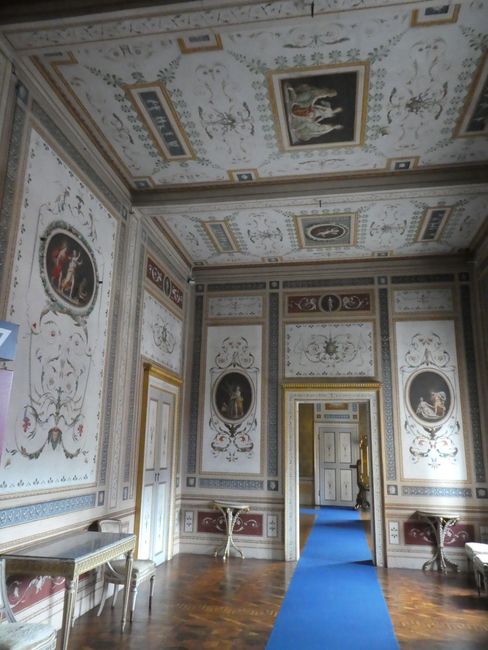
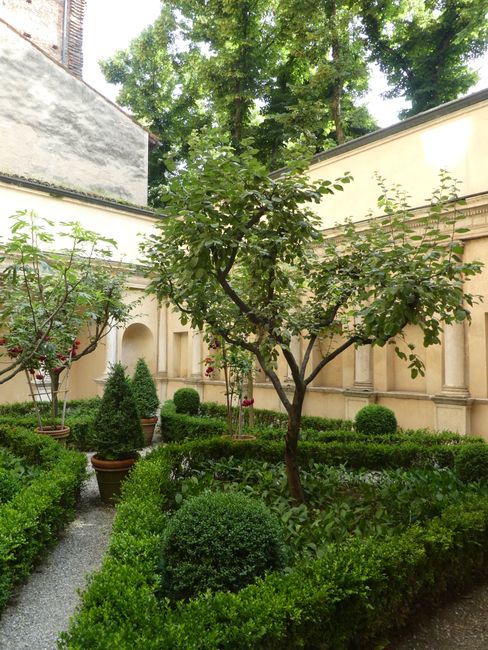
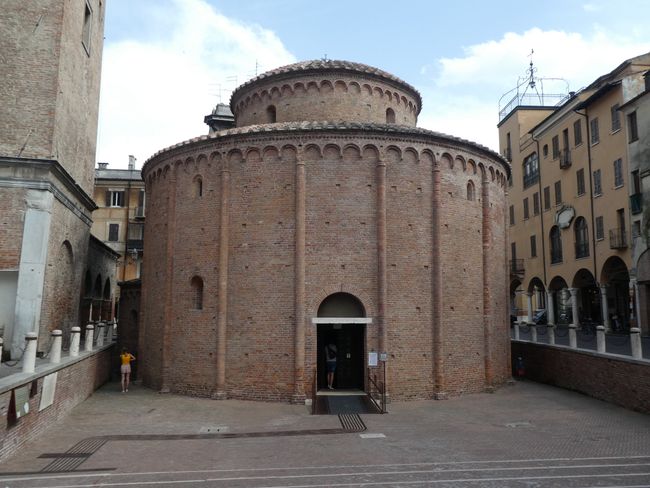
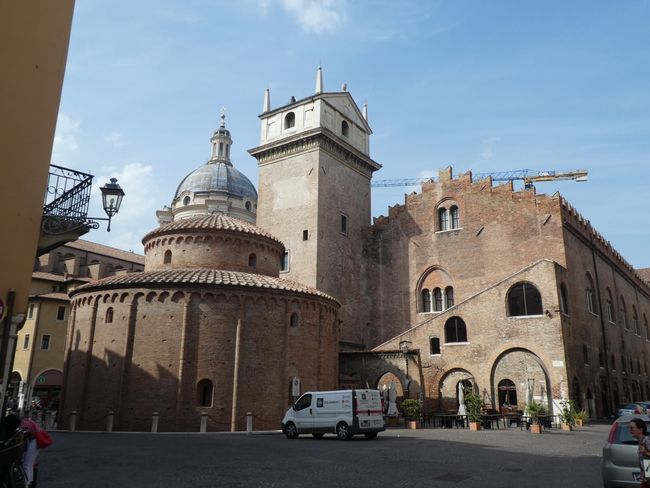
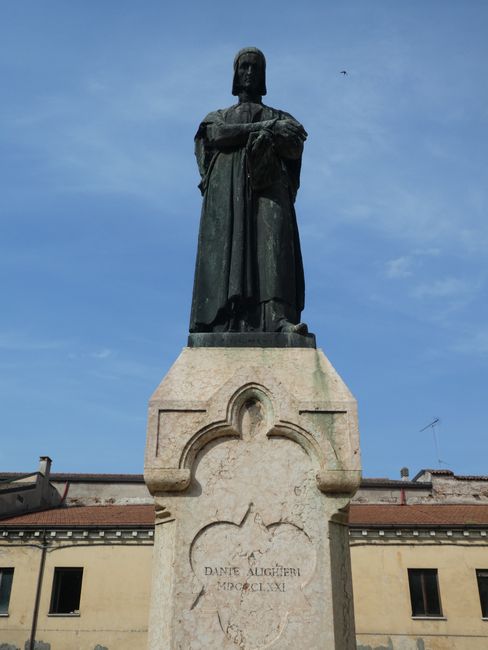
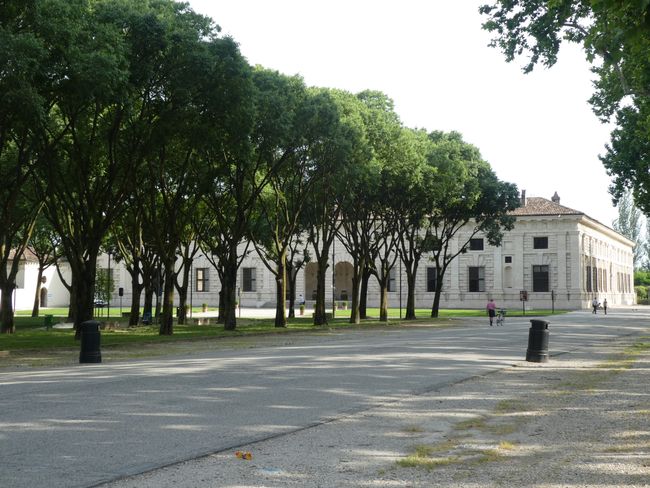
Բաժանորդագրվել տեղեկագրին
Mantua already existed during the Roman and Etruscan times, but experienced a building boom during the Renaissance under the Gonzaga family. They also promoted art in the city, attracting many artists of the time to Mantua. Giuseppe Verdi's opera "Rigoletto" is set at the court of Mantua - which is also commemorated by a "Casa di Rigoletto."
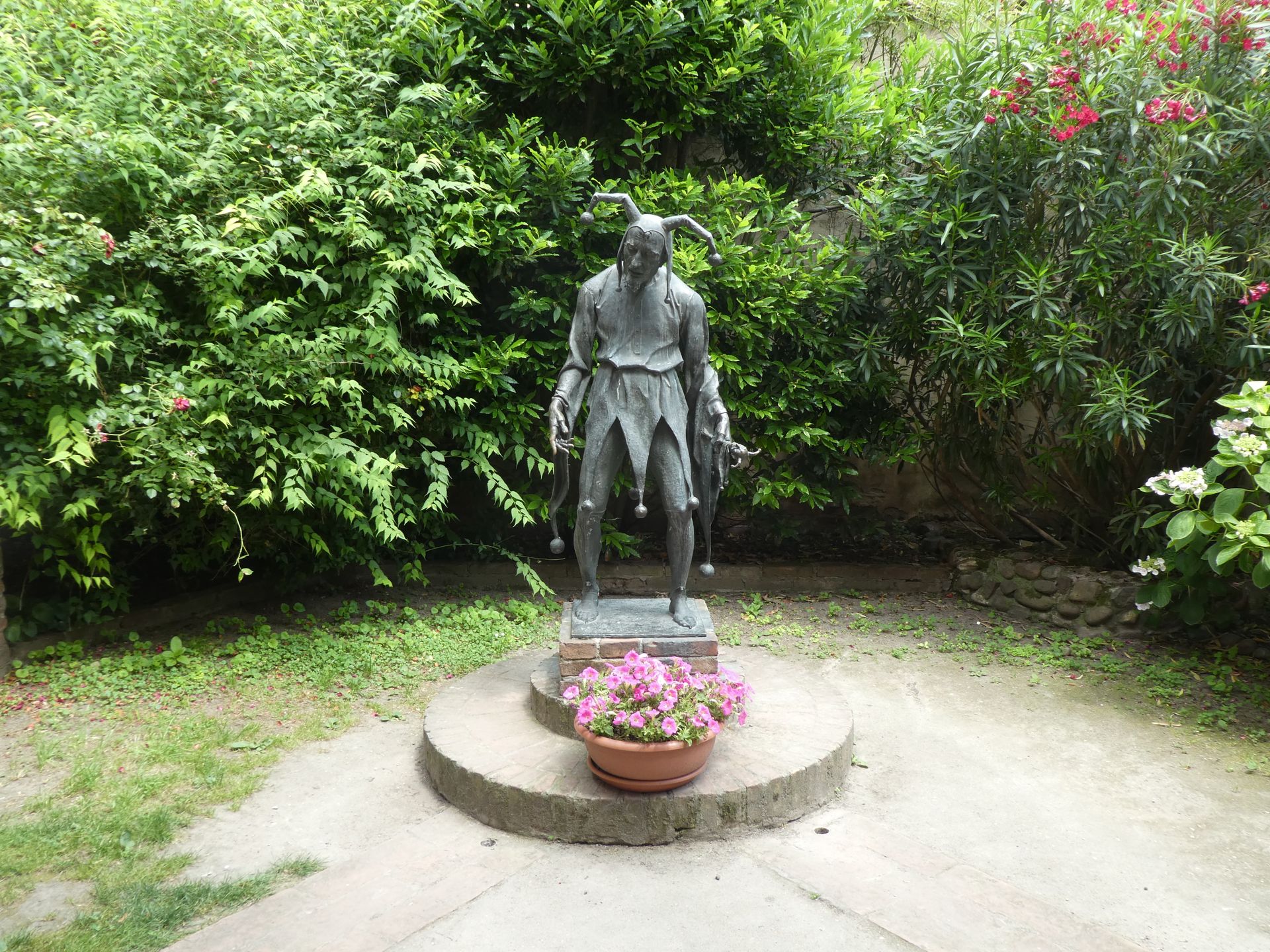
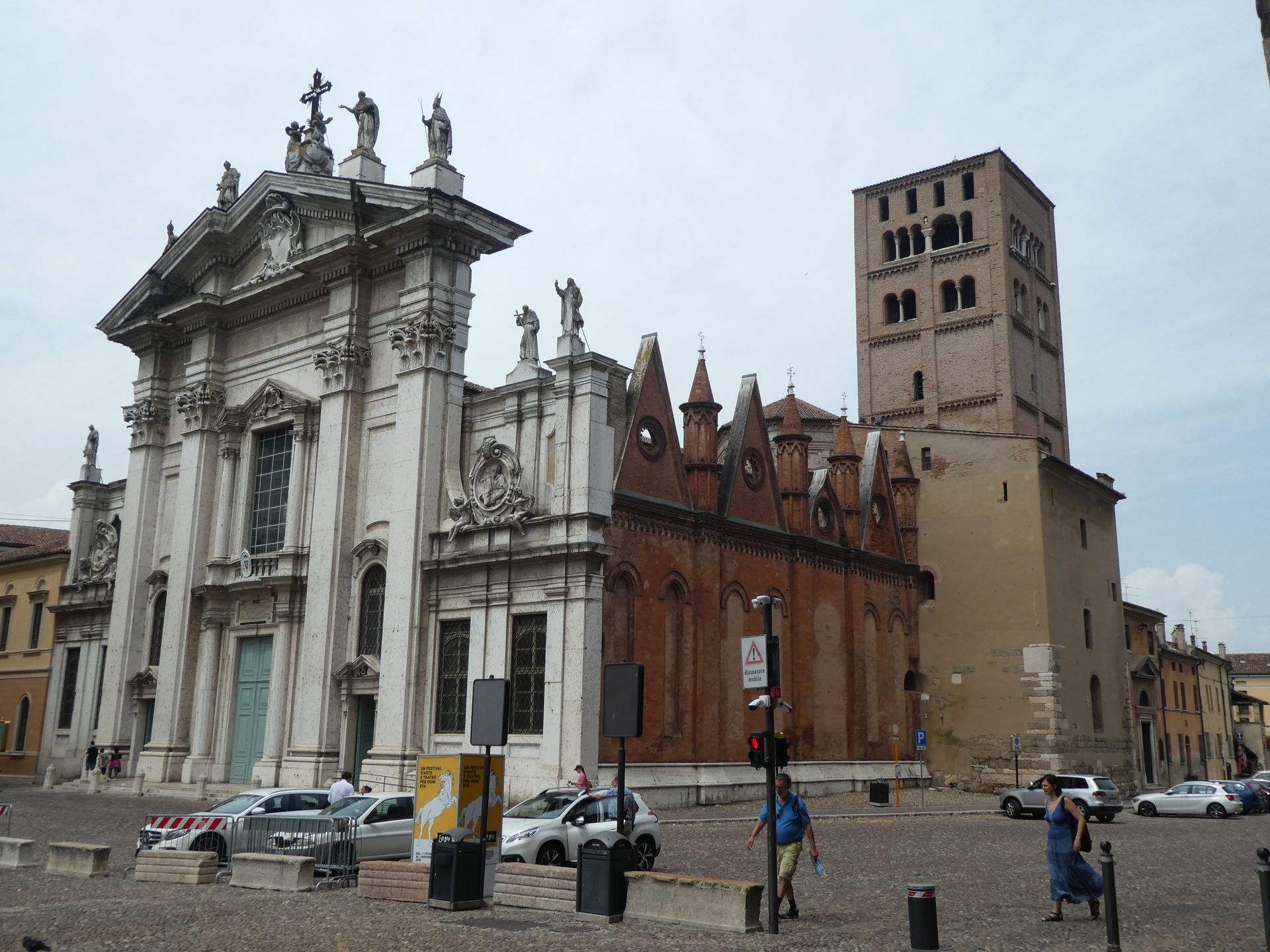
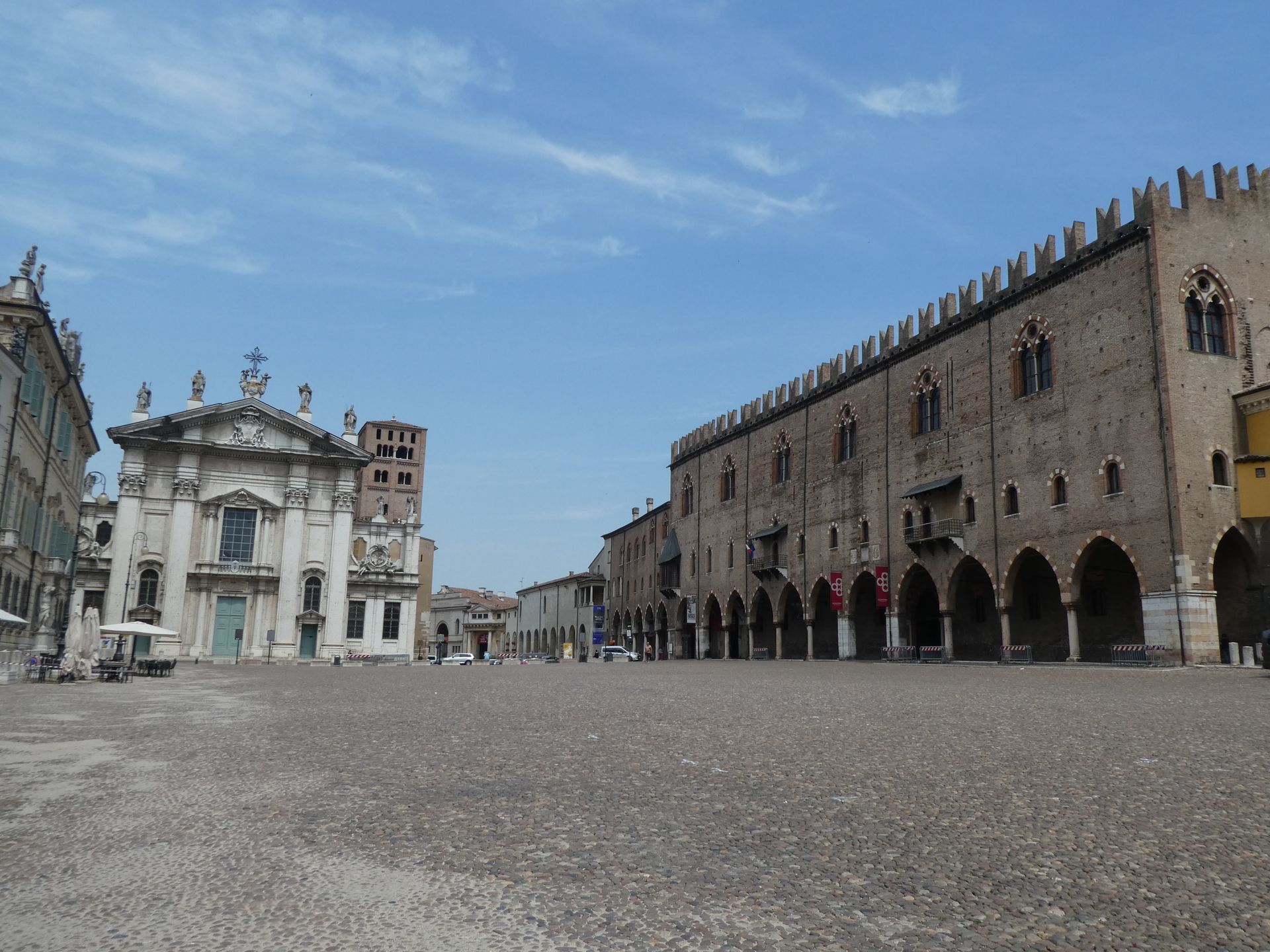
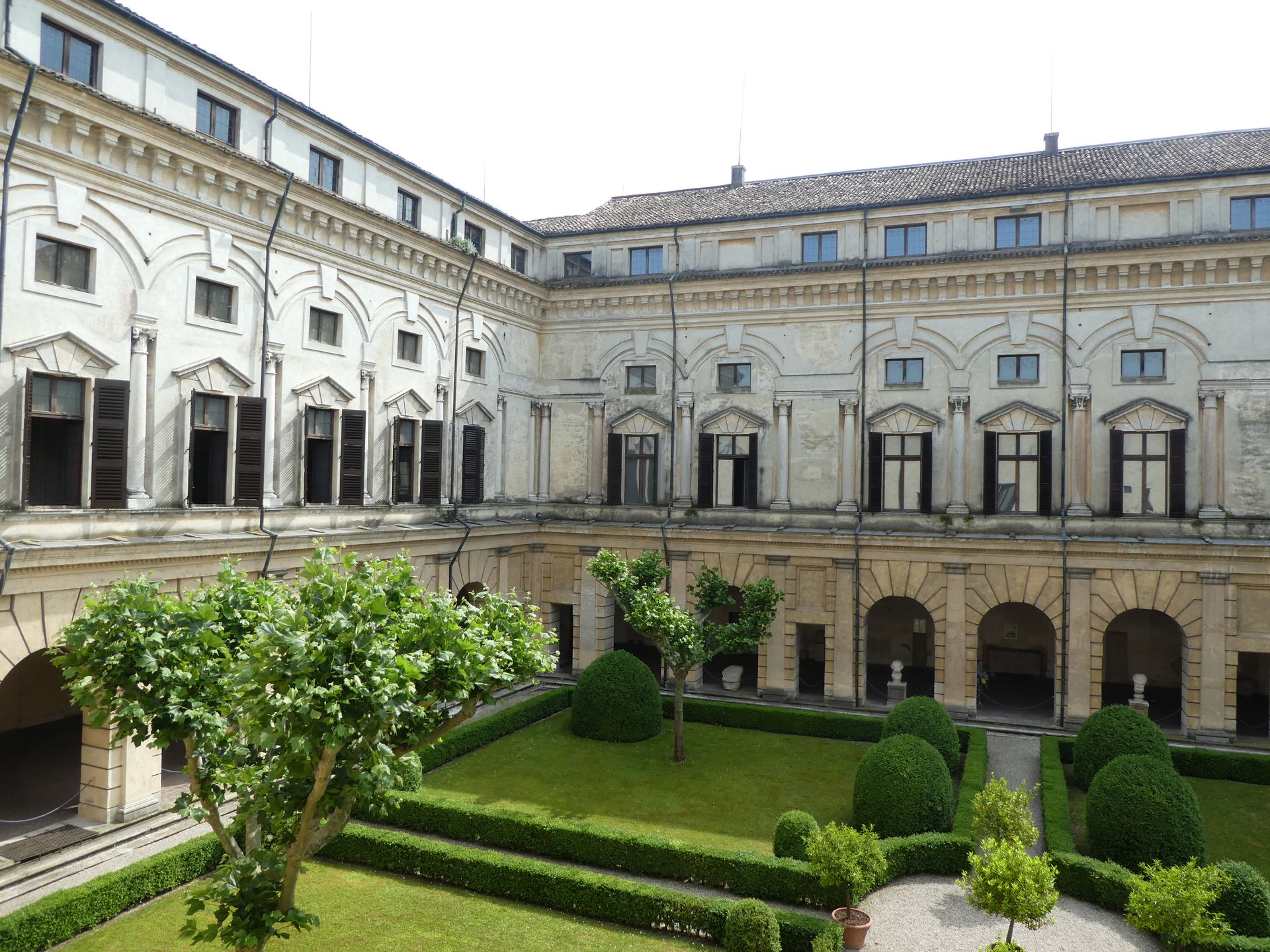
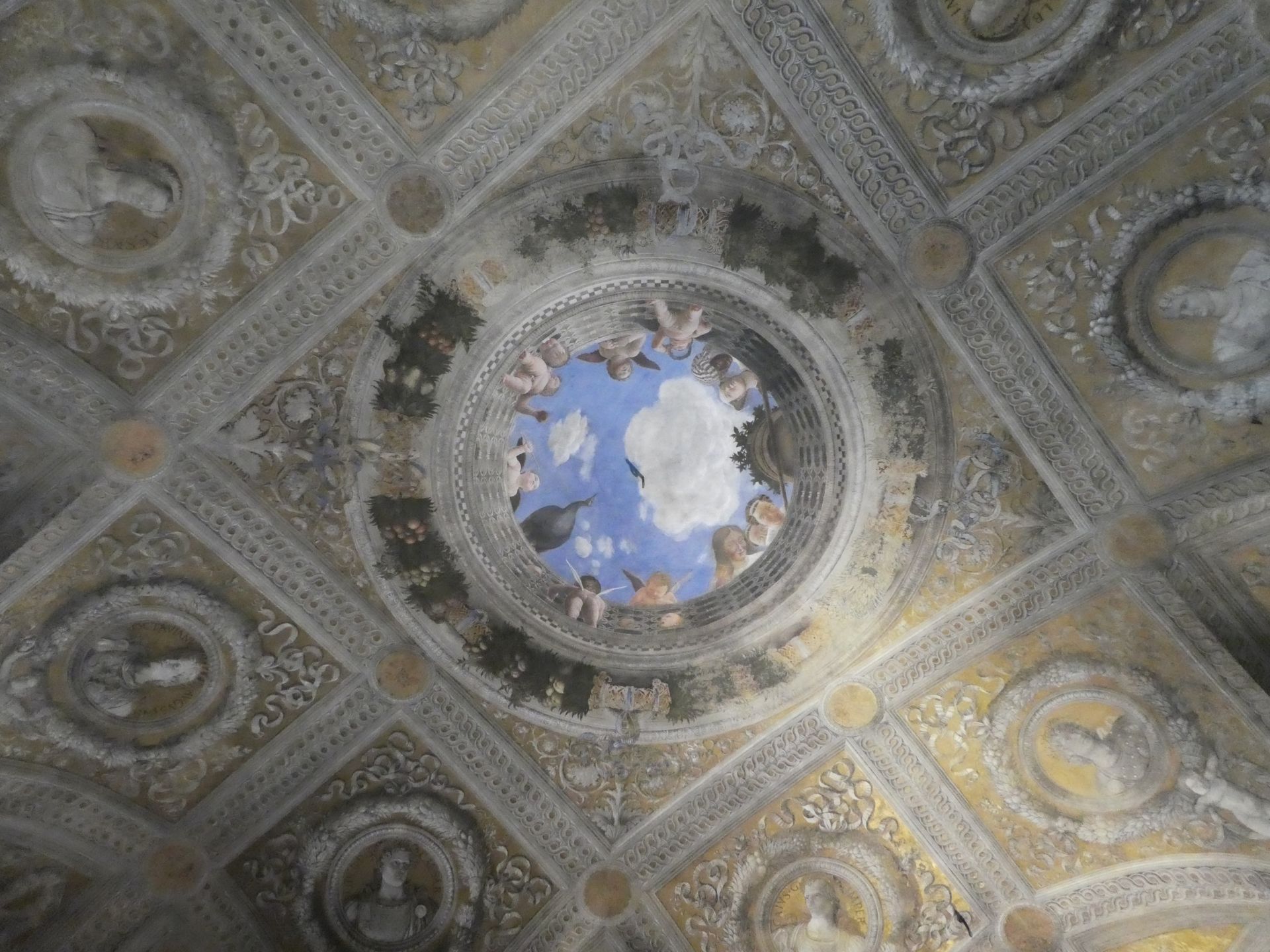
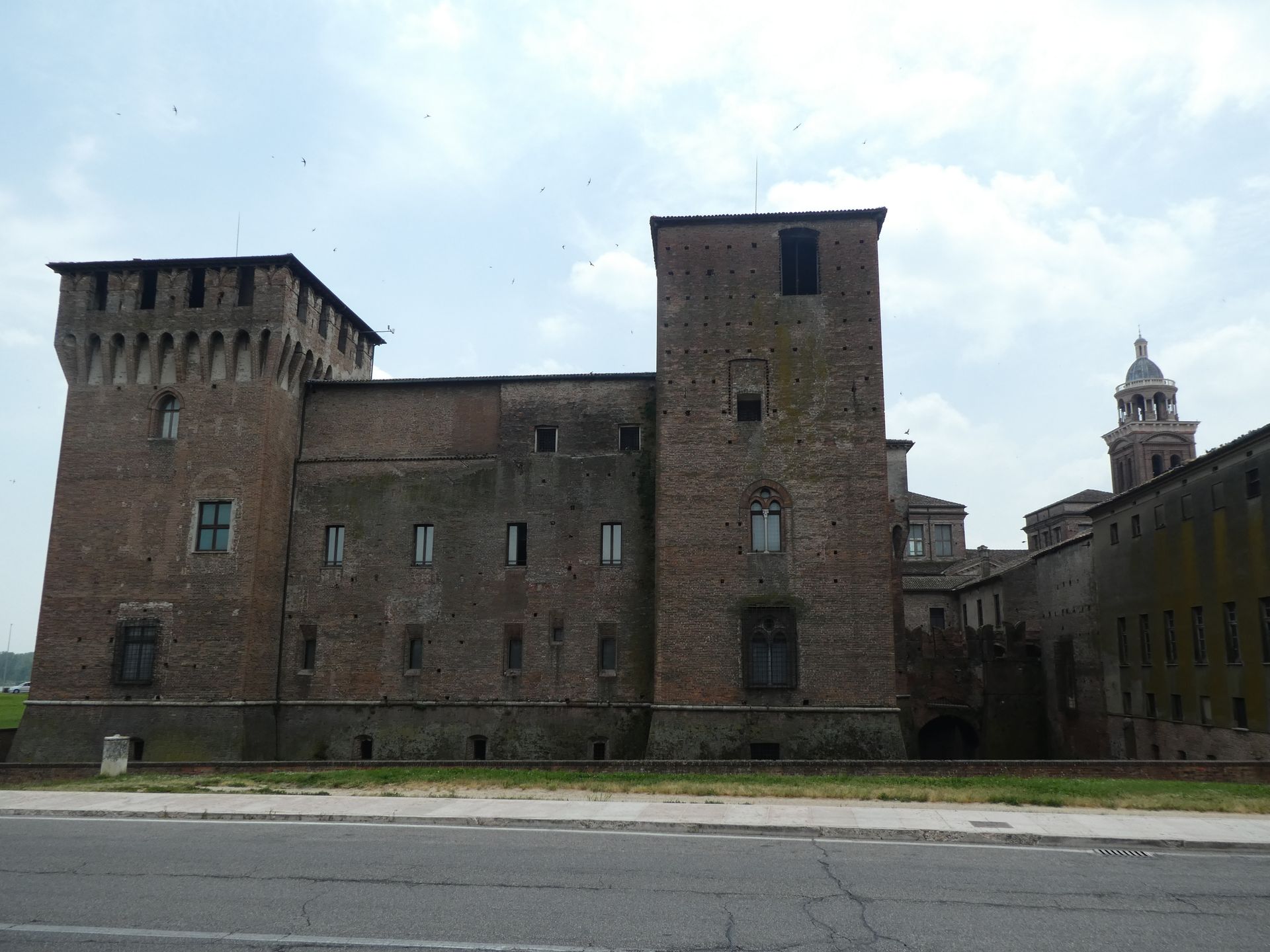
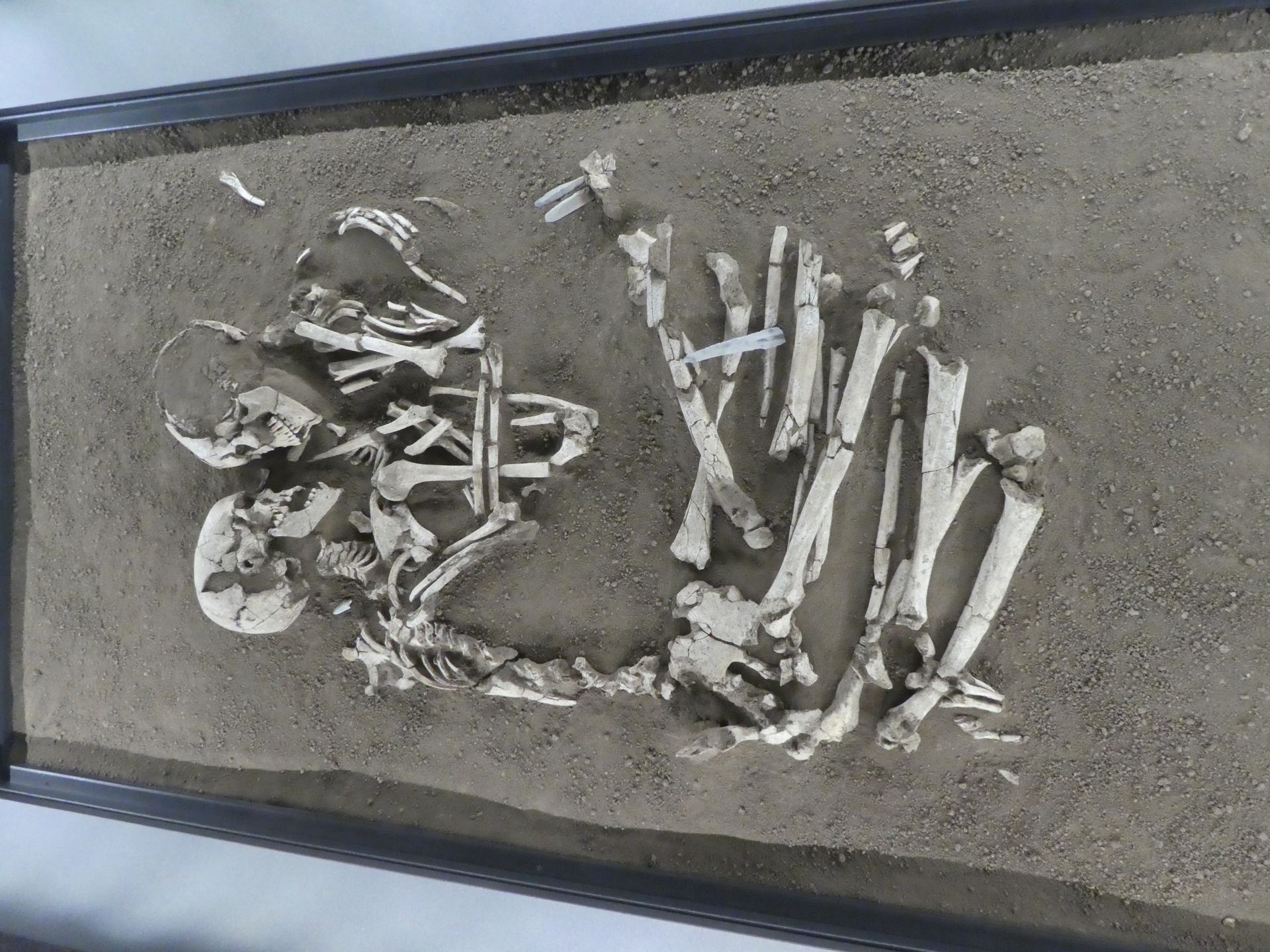
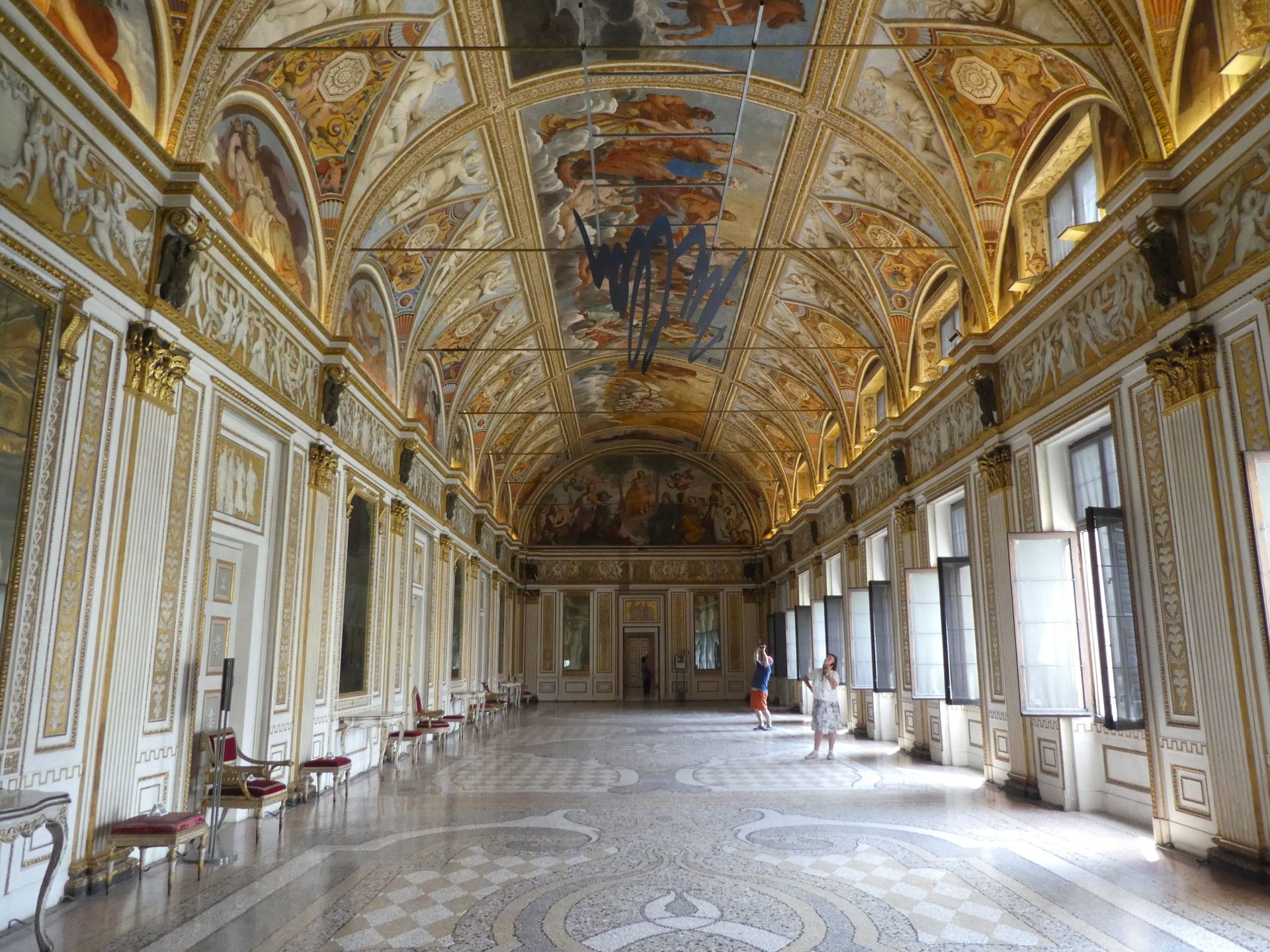
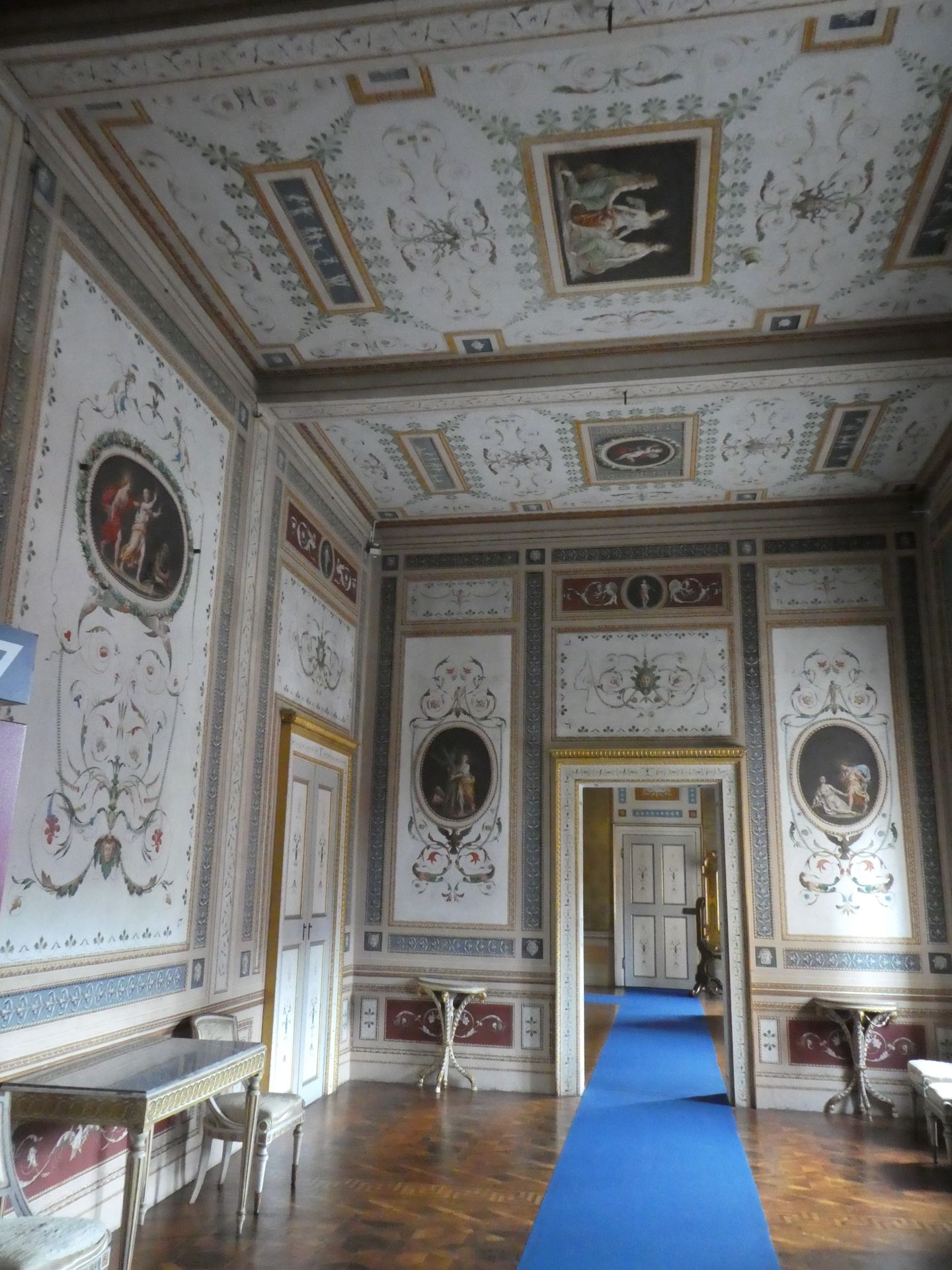
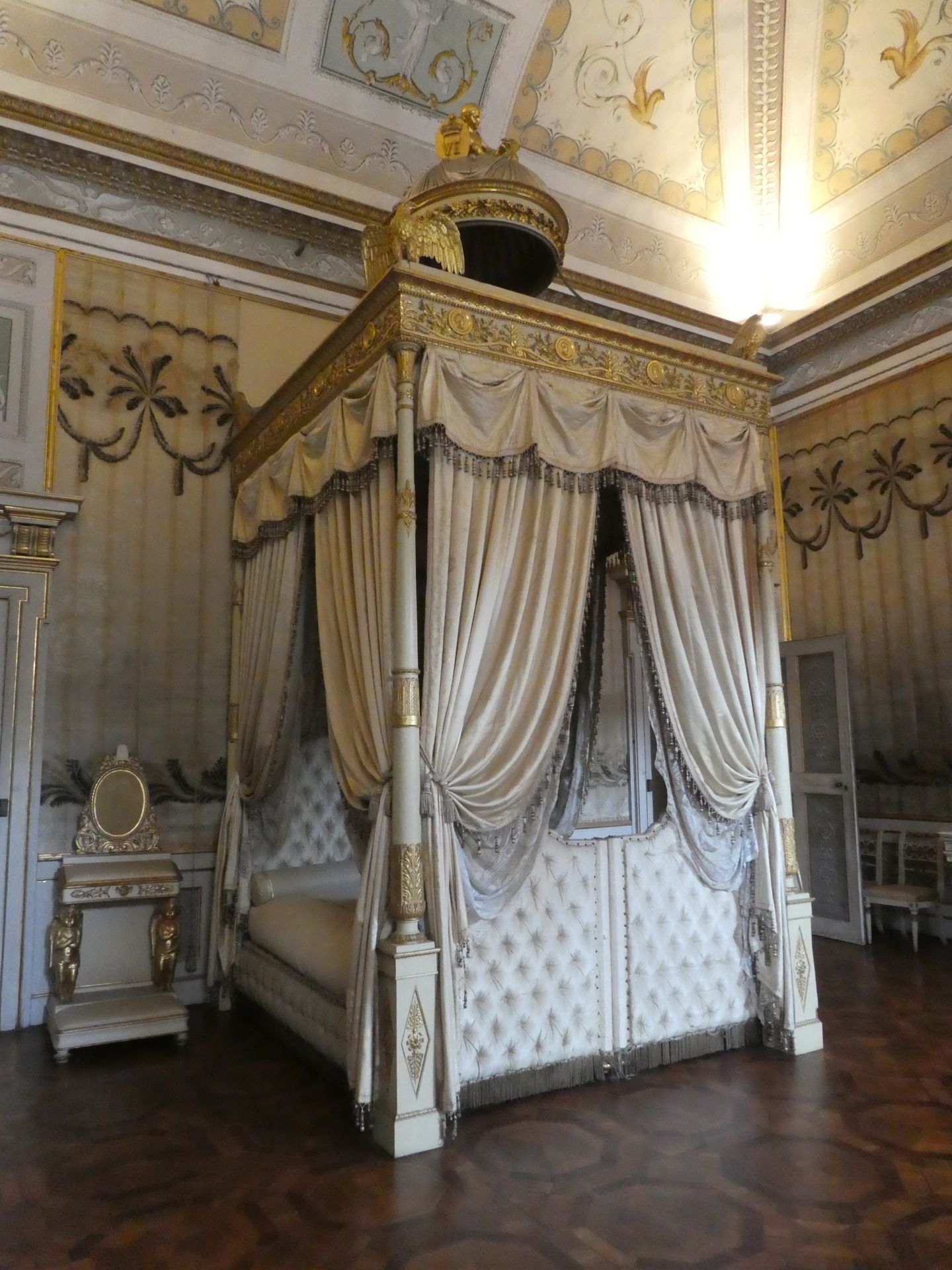
There were also some artworks, tapestries, and frescoes to see in the rooms.
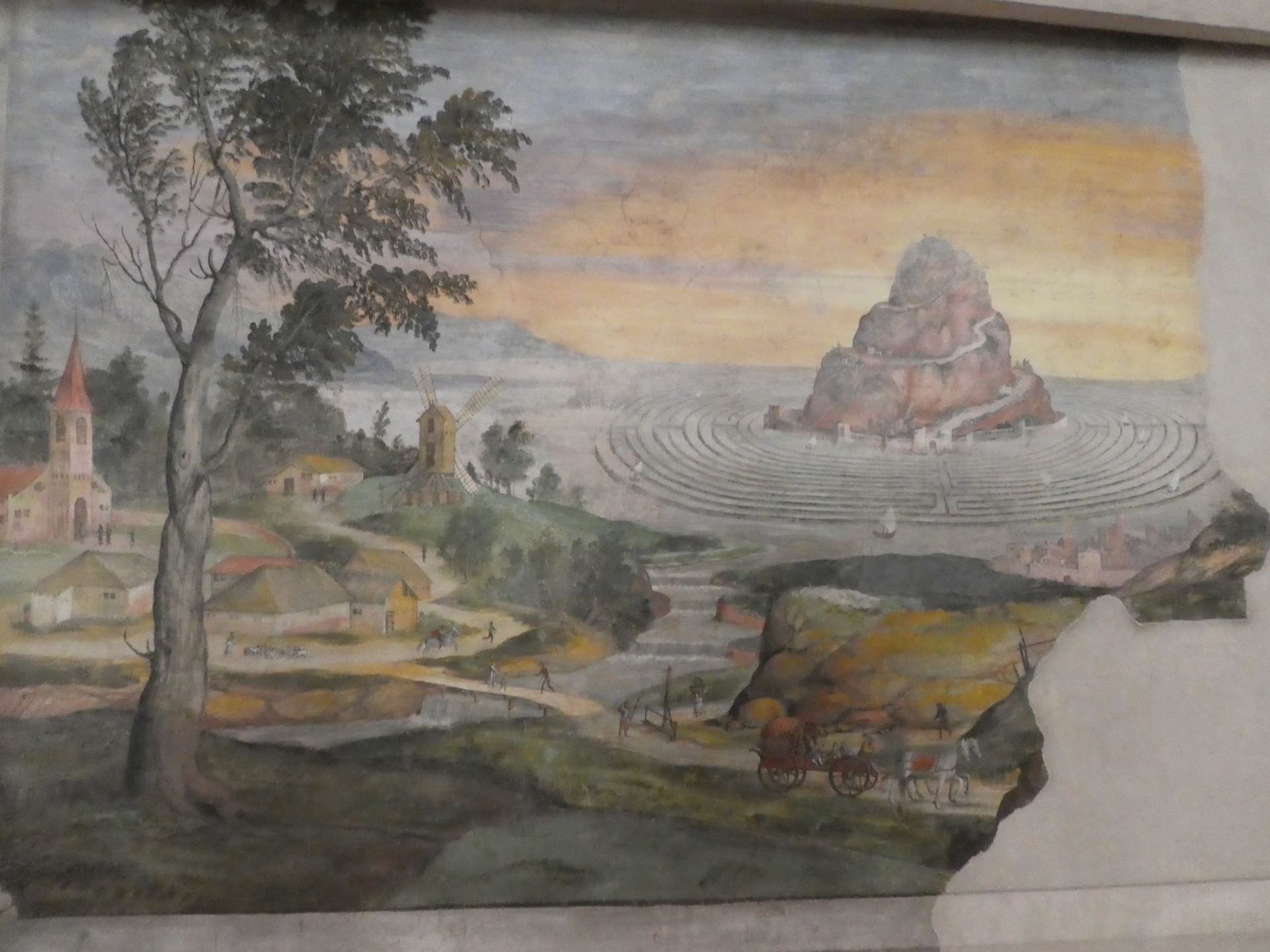
In addition, there was a modern exhibition that combined the old artworks with photographs featuring interesting representations of human nudity and poses.
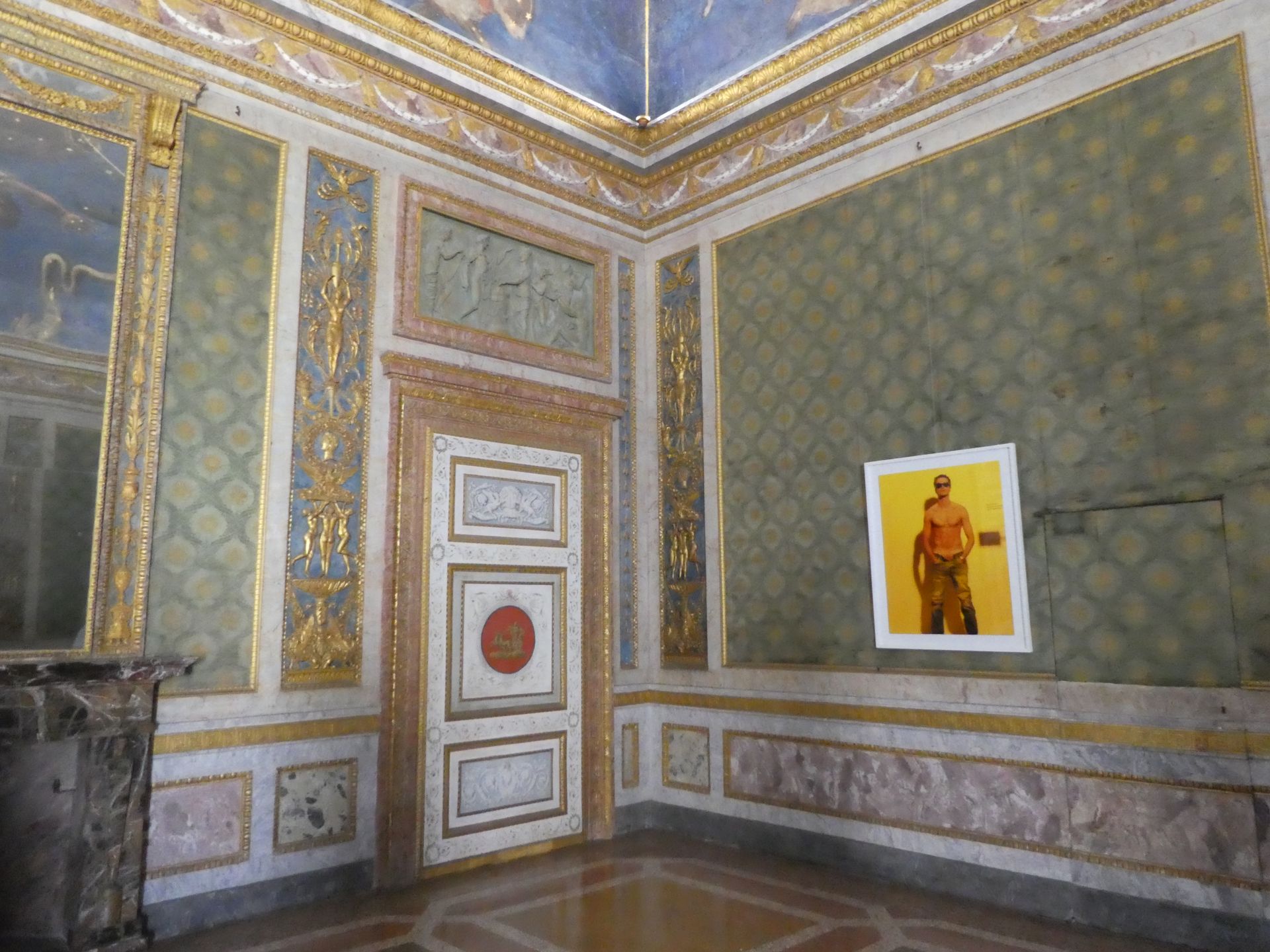
After visiting the palace, our parking time was almost up, but we wanted to see a bit more of the old town and continued to Piazza Erbe.

There stands the Rotonda di San Lorenzo, a medieval round church and the oldest in the city. It was temporarily surrounded by residential buildings, making its existence forgotten until it was rediscovered and restored during demolition work.
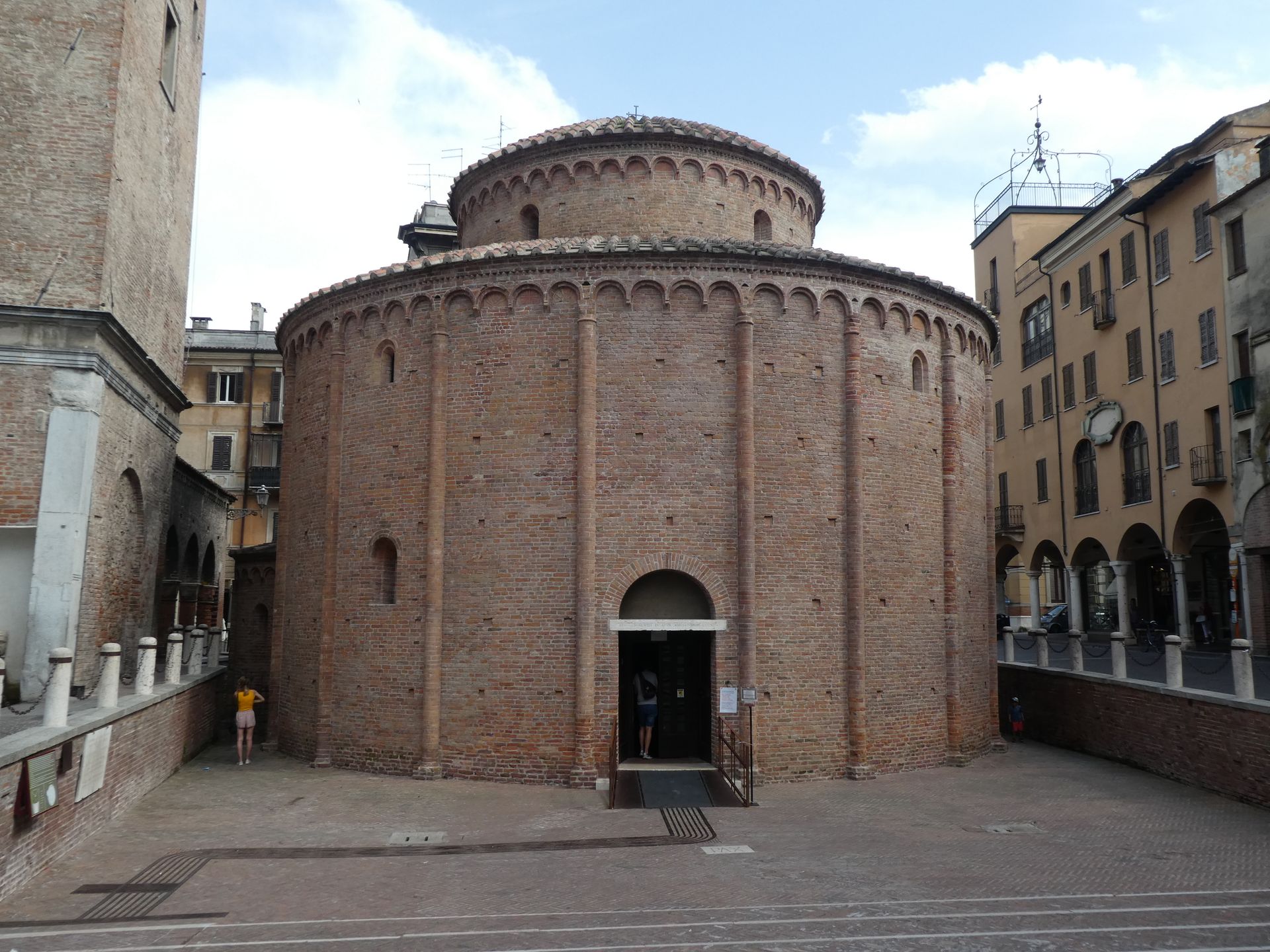
On our way back to the car, we briefly encountered Dante again, who stood in a square named after him. However, we did not find out what he has to do with Mantua. Another famous poet, Vergil, is from the vicinity of Mantua.
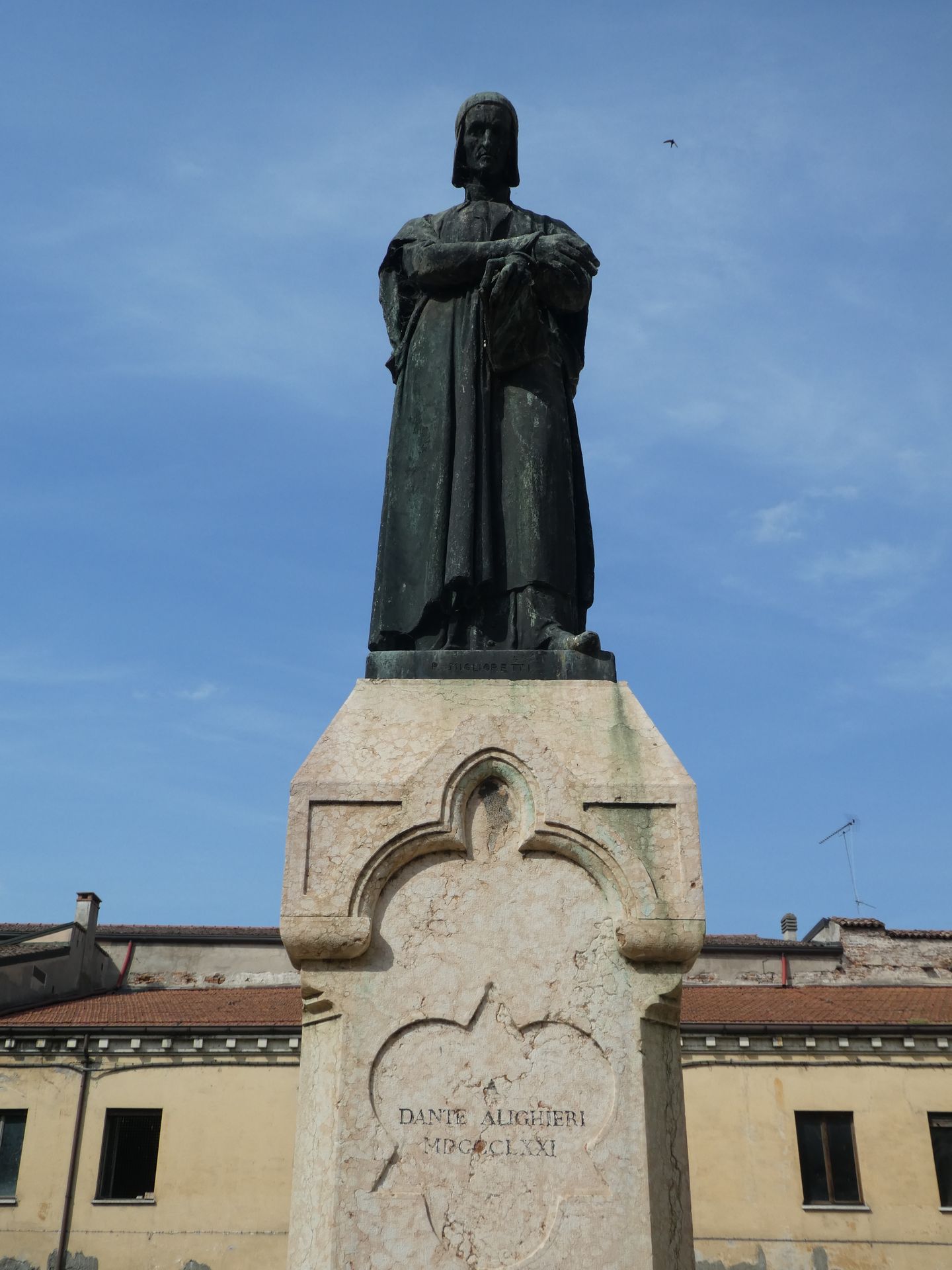
After we reached our car again (and luckily, we didn't get a parking ticket), we drove to Palazzo Te.
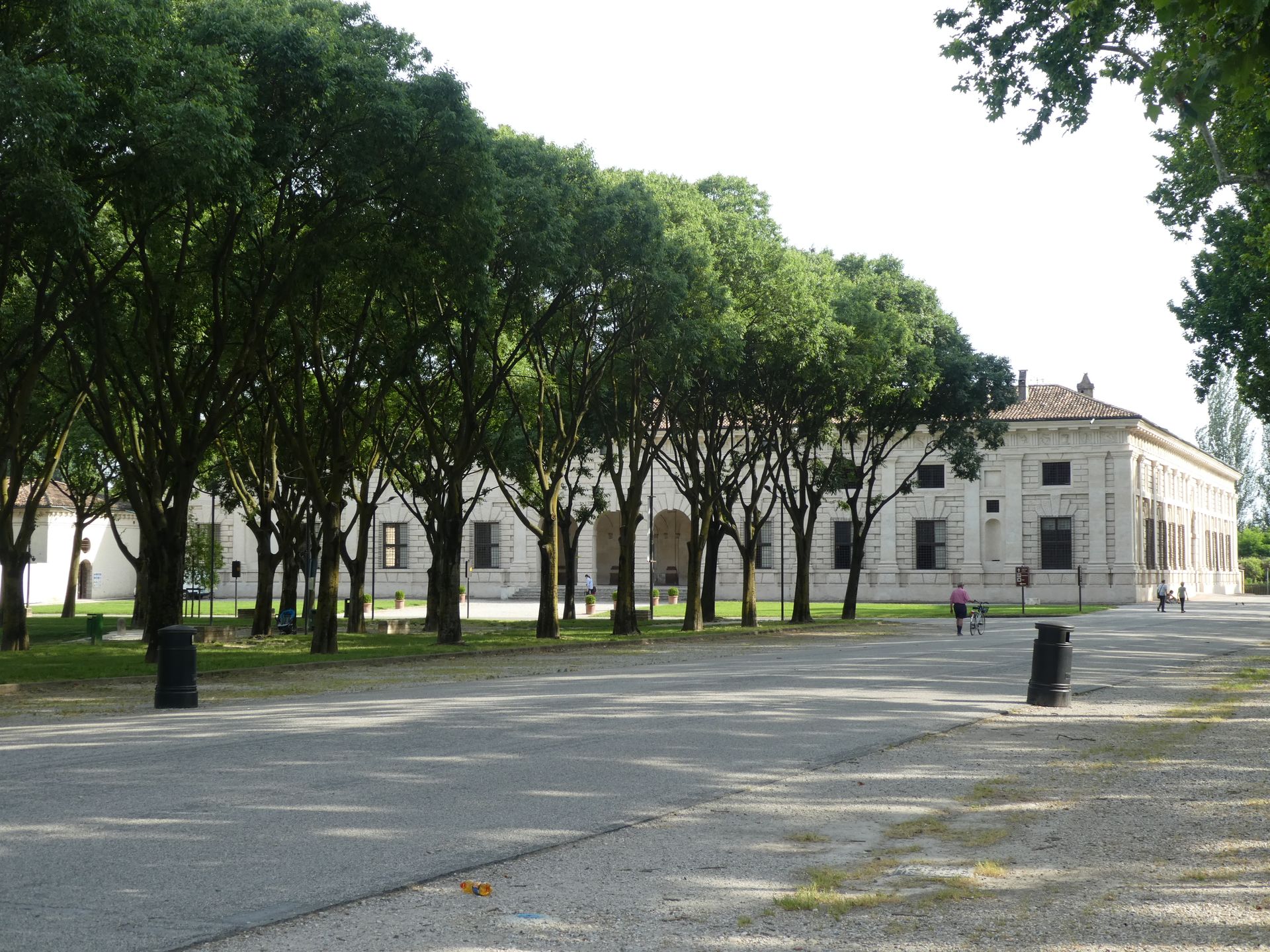
However, as we didn't plan for rush hour traffic, we only made a brief photo stop and then drove to our accommodation at Lake Garda.
Բաժանորդագրվել տեղեկագրին
Պատասխանել
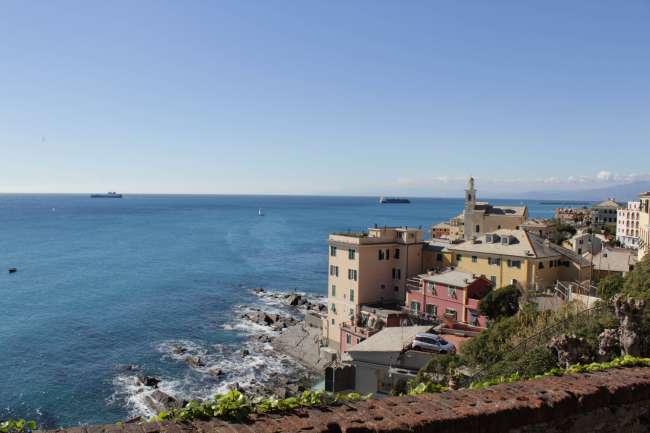
Ճանապարհորդական հաշվետվություններ Իտալիա
